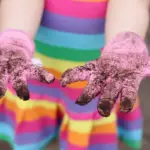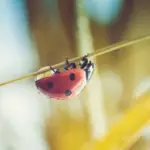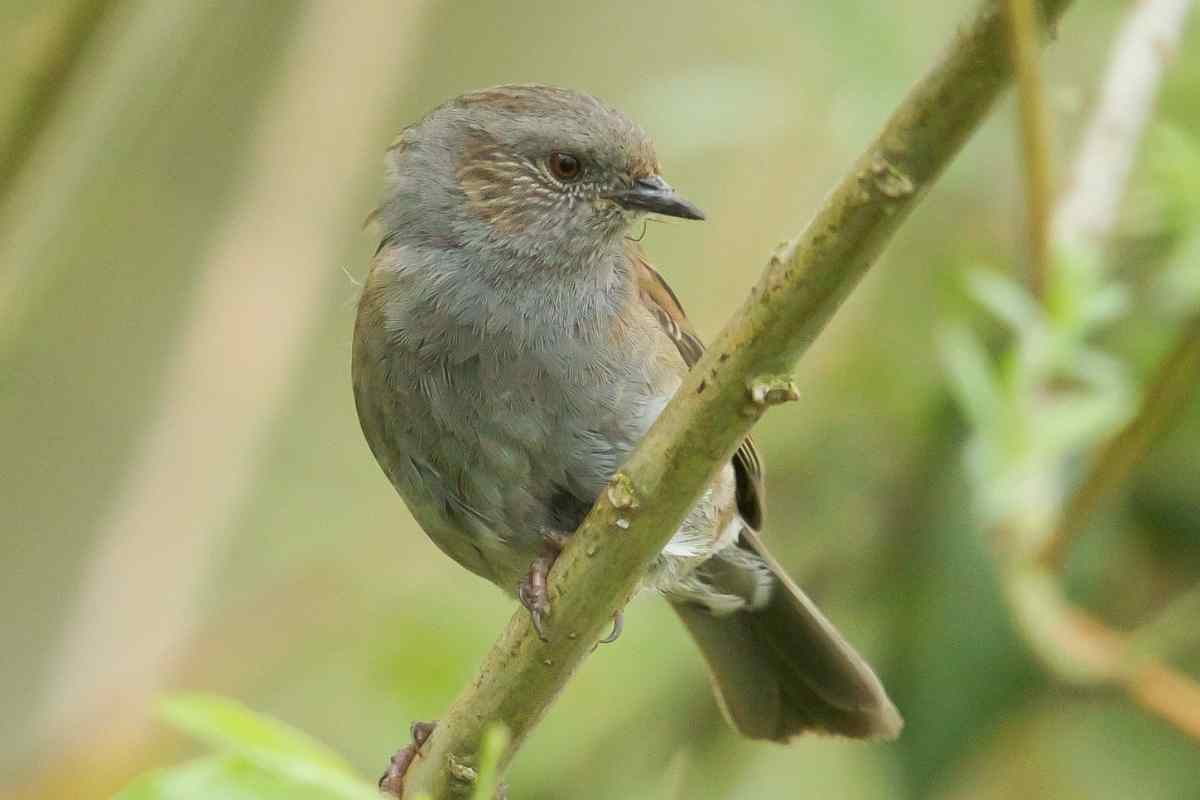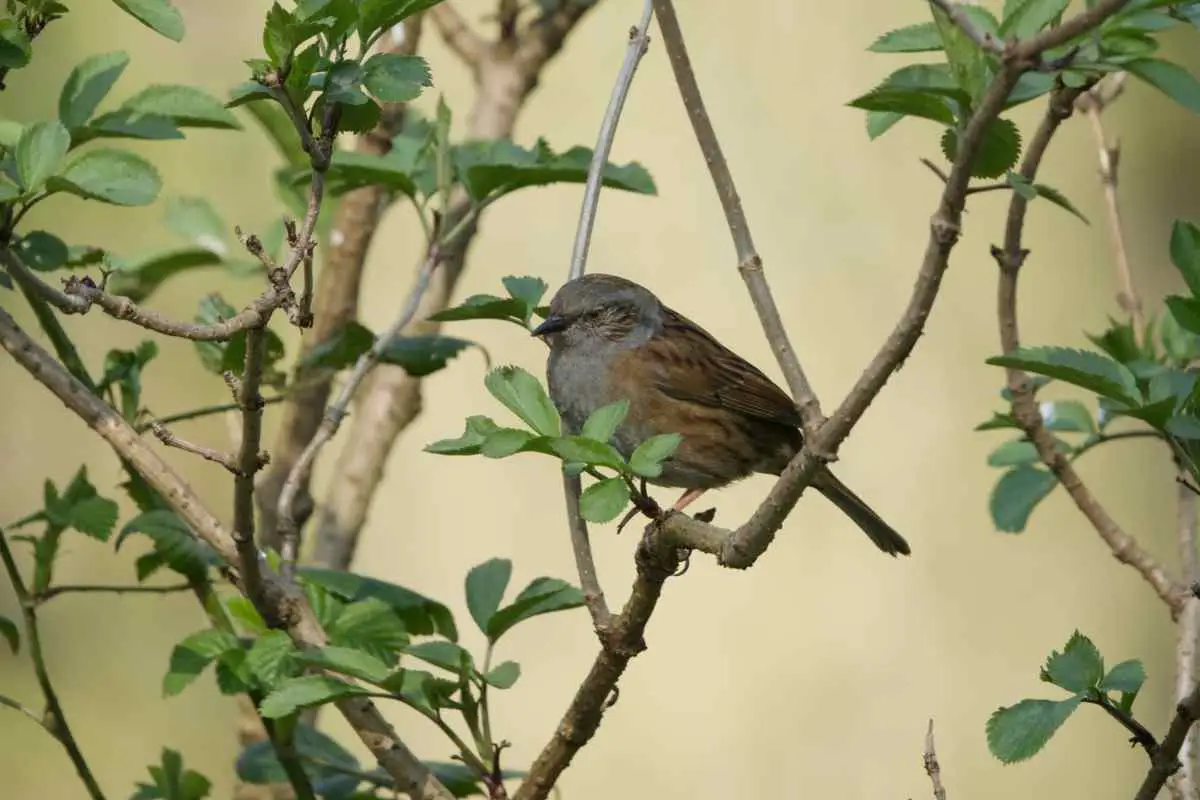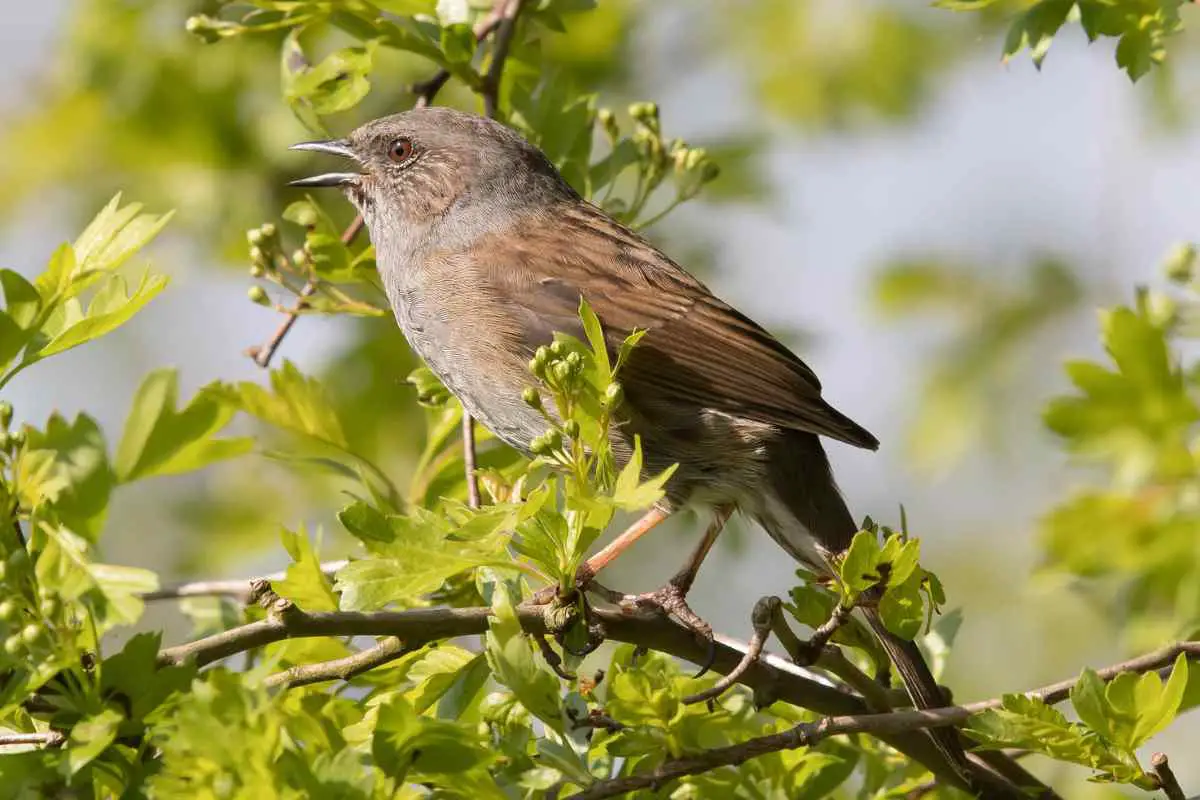Ladybugs, also known as ladybirds, are small, colorful insects that are a beneficial addition to any garden as they feed on aphids and other garden pests. However, these tiny bugs can sometimes make their way into our homes and create a nuisance.
In this article, we will discuss how to identify if ladybugs are inhabiting your house.
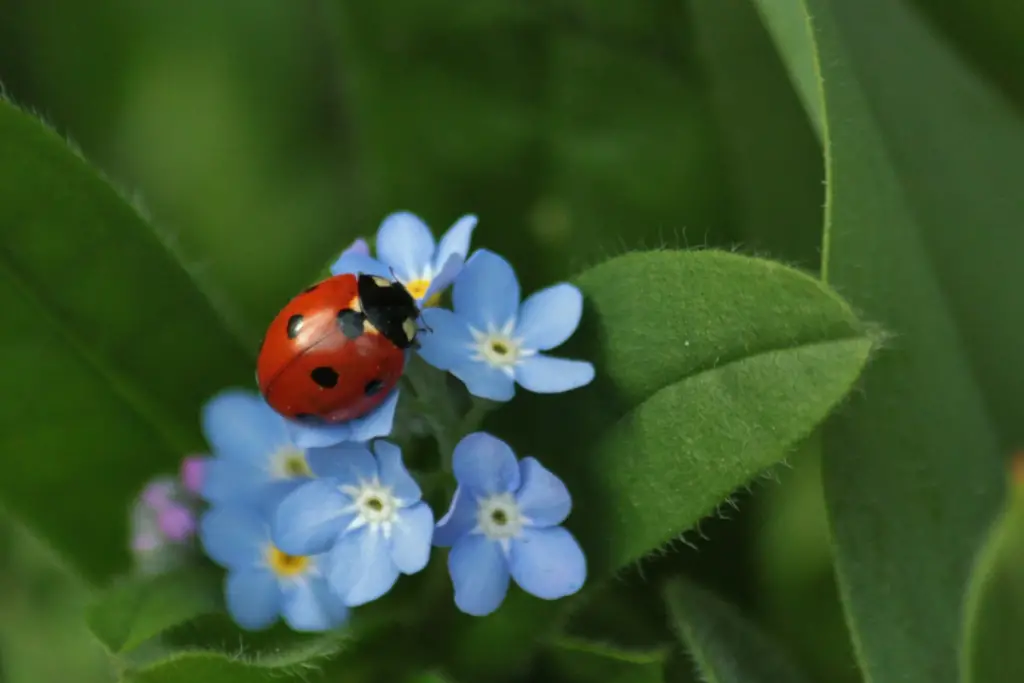
Ladybugs are commonly seen in gardens and outdoor spaces.
However, they can also enter our homes, and while they are harmless, it’s important to identify if they are present as their numbers can quickly multiply, leading to an infestation.
Table of Contents
What are Ladybugs?
Ladybugs are small, beetle-like insects that belong to the family Coccinellidae. They are usually between 1-10 mm long and are brightly colored with red, orange, or yellow backgrounds with black spots.
These spots can range from two to twenty-two, depending on the species. Ladybugs are also known to have a distinct, round shape.
Why Ladybugs Enter Homes?
Ladybugs usually enter homes in the fall months to find a place to hibernate during the winter. They are attracted to light colors and light sources, making homes an ideal location for them to hibernate.
Ladybugs are known to squeeze through small openings and cracks in walls, roofs, and doors. Once they get inside, they will often hide in curtains, attics, and other secluded areas.
Signs of Ladybug Infestation
If you suspect that your home has a ladybug infestation, there are several signs you can look for:
Ladybugs
One of the most obvious signs of a ladybug infestation is the presence of ladybugs themselves. They can be seen on windowsills, walls, and ceilings, especially during the fall and winter months.
Ladybug Stains
Ladybugs release a yellowish liquid when they feel threatened or disturbed, which can stain walls, curtains, and other surfaces.
Unusual Smells
Ladybugs can also produce a strong, musty odor, especially if they are disturbed or crushed.
How to Get Rid of Ladybugs
If you have a ladybug infestation, you may want to get rid of them as they can quickly multiply and become a nuisance. Here are some ways to get rid of ladybugs:
Vacuuming
Vacuuming is an effective way to remove ladybugs from your home. Use a handheld vacuum cleaner to suck up any ladybugs that you see. Be sure to dispose of the vacuum bag immediately to prevent the ladybugs from escaping.
Sealing Cracks and Openings
Sealing cracks and openings in walls, roofs, and doors can prevent ladybugs from entering your home in the first place.
Chemical Sprays
If your ladybug infestation is severe, you may want to use a chemical spray to kill them. However, be sure to follow the instructions carefully and keep the spray away from pets and children.
Prices pulled from the Amazon Product Advertising API on:
Product prices and availability are accurate as of the date/time indicated and are subject to change. Any price and availability information displayed on [relevant Amazon Site(s), as applicable] at the time of purchase will apply to the purchase of this product.
How To Prevent Ladybugs?
Preventing ladybugs from entering your home is the best way to avoid a ladybug infestation. Here are some tips to prevent ladybugs from entering your home:
Seal Cracks and Openings
Sealing cracks and openings in walls, roofs, and doors can prevent ladybugs from entering your home.
Turn Off Lights
Ladybugs are attracted to light, so turning off outdoor lights or closing curtains and blinds at night can help prevent them from entering your home.
Remove Food Sources
Ladybugs feed on aphids and other garden pests. Removing these pests from your garden can help prevent ladybugs from being attracted to your property.
Conclusion
Ladybugs are a beneficial addition to any garden, but they can quickly become a nuisance if they enter your home.
It’s important to identify if ladybugs are present in your home and take appropriate measures to prevent an infestation.
By following the tips provided in this article, you can ensure that your home remains ladybug-free.
- How to Build a Planter Box for Bamboo: A Step-by-Step Guide

- Can Robotic Lawnmowers Handle Steep Slopes?

- Do You Need a Specific Lawn for a Robotic Lawnmower? Expert Advice

- Are Robotic Lawnmowers Safe for Pets and Children? Safety Features of Robotic Lawnmowers

- Why Use Robotic Lawnmowers? Advantages of Using a Robotic Lawnmower

- Is the GARDENA SILENO City 300 Cordless or Corded? A Clear Answer











